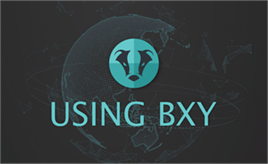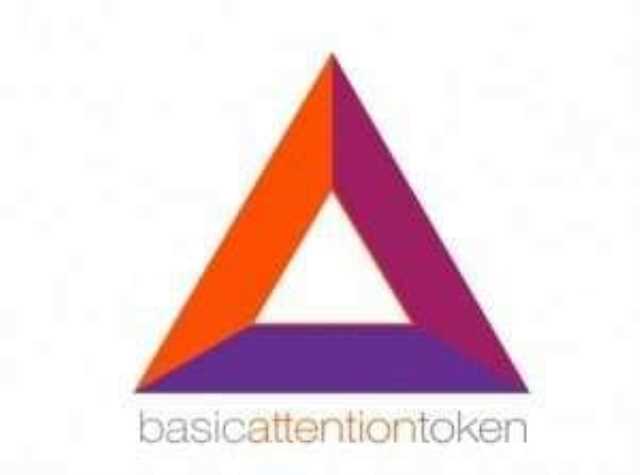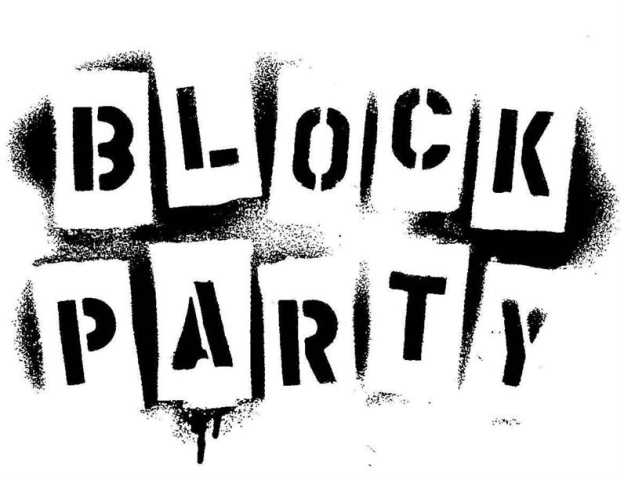Bitcoin Down? Why Are Central Banks Accumulating Tons Of Gold?

No one can ever “print” or introduce any more Bitcoin after the last block is mined. Bitcoin mining – called Proof of Work (PoW), requires expensive hardware and consumes a lot of energy. Launched in 2009 by mysterious creator, Satoshi Nakamoto, Bitcoin is the world’s first successful cryptocurrency. Ethereum does not have a fixed supply limit, and its supply is designed to increase over time as more Ether is created through mining and other means. As of December 2022, BTC held a market dominance of 40.1%, while ETH’s share was 18.4%.
- Bitcoin’s initial design focused on its role as a peer-to-peer payment system, with limited scope for additional functionalities.
- You can earn from staking ETH, but will not be able to use it for anything else until after the Merge.
- Bitcoin Core opted for a layer-two solution, Lightning Network (LN) for quick transactions.
- Over the years, the virtual, decentralized currency concept has gained acceptance among regulators and government bodies.
- Any information provided does not consider the personal financial circumstances of readers, such as individual objectives, financial situation or needs.
Users Stress More Differences

The Bitcoin blockchain uses a Proof-of-Work (PoW) consensus mechanism for transaction verification and network security. Bitcoin is a peer-to-peer virtual currency designed as an alternative to traditional or fiat money. It can be used to make purchases, trade for other cryptos and as an investment. Bitcoin’s mining process is energy-intensive and requires significant computational power. This has led to concerns about the environmental impact of bitcoin mining. Bitcoin has solidified its position as a store of value and deflationary asset, offering an alternative to traditional financial systems and acting as a hedge against inflation.
DeFi Participation
Bitcoin uses the proof of work mechanism, while Ethereum is moving toward a proof of stake consensus mechanism. The PoW consensus of Bitcoin and Ethereum allowed both of them to aggregate hash power over the years and become more secure, decentralized networks. Market analysis and investment trends for Bitcoin and Ethereum are discussed, including market capitalization, liquidity, and price trends. The article bitcoin vs ethereum also offers investment strategies for both cryptocurrencies, such as investing in ETFs and futures, dollar-cost averaging, buying on-chain, and participating in DeFi. Ethereum’s native cryptocurrency, known as Ether, can be used to pay for services or transaction fees on the network. Though its adoption in mainstream finance trails Bitcoin, many people have also used it as a speculative investment.

Ether Spot ETF Flows Have Underwhelmed Versus Bitcoin: JPMorgan
Bitcoin and Ethereum are systems, whereas BTC and ETH are the cryptocurrencies used by those systems. When comparing the two ecosystems, we need to be clear whether we’re comparing the technology, the assets the technology produces or both. Bitcoin and Ethereum are two blockchains with their own cryptocurrencies, bitcoin and ether. Each was created with different purposes in mind to address separate issues, but they also have many similarities.
What is Nakamoto Consensus? Complete Beginner’s Guide
- As such, they rely on similar “blockchain” technology, and they appeal to many of the same investors.
- It can run a variety of applications for socializing, gaming, gambling and decentralized finance.
- According to Ethereum, the Merge will benefit the Ethereum network in several ways including dropping energy consumption rate by 99.95%.
- Bitcoin is widely accepted as a form of payment and is used by many merchants and individuals around the world.
- Ethereum and Bitcoin trade heavily on centralized cryptocurrency exchanges, and market forces determine their values.
- The Ethereum mainnet merged with the Beacon Chain, transitioning it from a Proof-of-Work blockchain to a Proof-of-Stake blockchain on September 15, 2022.
- It has become a viable alternative means of value storage and transfer outside of the traditional financial realm and is primarily an invention of money.
The potential inclusion of zk-SNARKs into the network can improve efficiency and privacy across the network, and future bridges to networks like Cosmos and Polkadot can help to supplement Ethereum’s scalability. Bitcoin’s on-chain throughput is not sufficient to support a digital P2P payments network, but the continual progression of its second layer Lightning Network (LN) has the potential to change that. Ethereum selected an account-based model for more considerable space savings, constant light client reference, and other advantages found here. The transactions schemes for both are designed to fit the mold of what each network is attempting to accomplish.
- For example, Account A will release Asset X once it has received Asset Y from Account B. This can be used to make transactions, such as property sales, faster and less prone to fraud.
- On Polymarket, for example, it’s possible to view a range of future predictions about Ethereum.
- Ethereum’s community is focused on building a scalable smart contracts platform that is also censorship-resistant and can provide the foundation for a new generation of applications.
- The choice of gold, perceived as a neutral and stable asset, reflects growing distrust of traditional reserve assets, particularly those in dollars.
- Bitcoin’s community has taken a prudent approach emphasizing conservative changing of core components of the protocol in an effort to maintain robustness and sustainability.
- The Bitcoin blockchain allows BTC transactions to be verified, stored, and ordered immutably and transparently.
Join our free newsletter for daily crypto updates!
It notes that while Bitcoin was traditionally seen as a store of value and Ethereum as a platform for decentralized finance (DeFi), recent market cycles have blurred these lines. Bitcoin is now demonstrating its versatility in DeFi, while Ethereum is increasingly being seen as a potential store of value. NerdWallet, Inc. is an independent publisher and comparison service, not an investment advisor. Its articles, interactive tools and other content are provided to you for free, as self-help tools and for informational purposes only. NerdWallet does not and cannot guarantee the accuracy or applicability of any information in regard to your individual circumstances. Examples are hypothetical, and we encourage you to seek personalized advice from qualified professionals regarding specific investment issues.
The cryptocurrency is set for its next halving event in April 2024, a significant event that reduces the rewards given to miners for each block of transactions added to the blockchain. Bitcoin’s decentralized nature, combined with its fixed supply, capped at 21 million coins, positioned it as a hedge against inflation and an alternative store of value. It also added to its allure and, coupled with the process of mining, has, over time, turned BTC into a deflationary asset. Satoshi aimed to create a decentralized, peer-to-peer (P2P) digital currency that would free people from the shackles of government oversight and the control of traditional financial bodies. My interest in financial markets and computers fueled my curiosity about blockchain technology. I’m interested in DeFi, L1s, L2s, rollups, and cryptoeconomics and how these innovations shape the blockchain industry as a growing global product.
